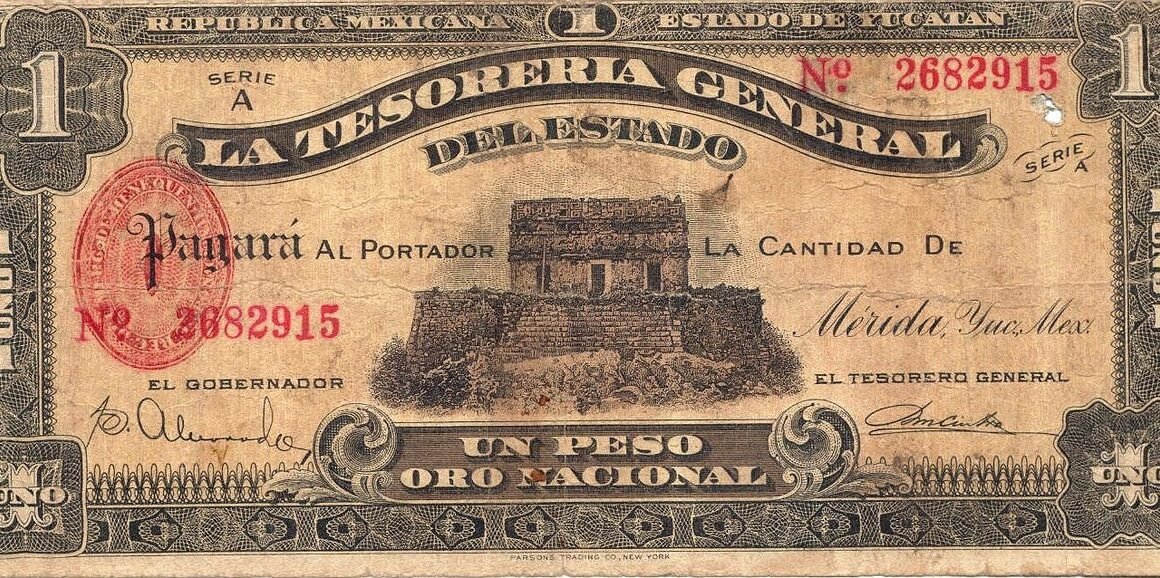Navigating the world of mortgages can feel like traversing a labyrinth. Whether you’re a first-time homebuyer or a seasoned investor, understanding the intricacies of mortgage options, interest rates, and loan terms is crucial for making informed decisions. This comprehensive guide breaks down the essentials of mortgages, providing you with the knowledge and tools you need to secure the best possible financing for your dream home or investment property.
Understanding Mortgages: The Basics
What is a Mortgage?
A mortgage is a loan specifically designed to finance the purchase of real estate. It’s a secured loan, meaning the property itself serves as collateral. If you fail to make your mortgage payments, the lender has the right to foreclose on the property and sell it to recover the outstanding debt.
- Mortgages are typically paid back over a period of 15 to 30 years.
- The loan amount is determined by factors like your credit score, income, and the appraised value of the property.
Key Mortgage Components
Understanding the core elements of a mortgage is essential for comparing different loan options:
- Principal: The original amount of money borrowed.
- Interest Rate: The cost of borrowing money, expressed as a percentage.
- Loan Term: The length of time you have to repay the loan (e.g., 15 years, 30 years).
- Down Payment: The portion of the purchase price you pay upfront.
- Closing Costs: Fees associated with processing the mortgage, including appraisal fees, title insurance, and origination fees.
- PMI (Private Mortgage Insurance): Required if your down payment is less than 20% of the home’s purchase price. Protects the lender if you default on the loan.
- Property Taxes: Annual taxes levied by local governments on real estate.
- Homeowners Insurance: Insurance that protects your property against damage from fire, wind, or other covered perils.
- Example: Let’s say you’re buying a home for $300,000 with a 10% down payment ($30,000). Your mortgage principal would be $270,000. Your monthly mortgage payment would include principal, interest, property taxes, and homeowners insurance (often referred to as PITI). If your down payment is less than 20%, you would also need to factor in PMI.
Types of Mortgages
Conventional Mortgages
Conventional mortgages are not insured or guaranteed by the government. They are offered by private lenders and typically require a good credit score and a solid down payment (ideally 20%).
- Fixed-Rate Mortgage: The interest rate remains the same throughout the loan term, providing predictable monthly payments.
- Adjustable-Rate Mortgage (ARM): The interest rate is initially fixed for a set period (e.g., 5 years) and then adjusts periodically based on a benchmark index. ARMs can be attractive for their lower initial interest rates, but they carry the risk of increasing payments later on.
- Example: A 30-year fixed-rate mortgage offers stability and predictability, while a 5/1 ARM may offer a lower interest rate for the first five years, but the rate can adjust annually thereafter.
Government-Backed Mortgages
These mortgages are insured or guaranteed by the government, making them more accessible to borrowers with lower credit scores or smaller down payments.
- FHA Loans (Federal Housing Administration): Require a lower down payment (as low as 3.5%) and have more flexible credit requirements compared to conventional loans. They are suitable for first-time homebuyers and those with less-than-perfect credit.
- VA Loans (Department of Veterans Affairs): Available to eligible veterans, active-duty military personnel, and surviving spouses. Often require no down payment and have no private mortgage insurance requirements.
- USDA Loans (U.S. Department of Agriculture): Designed for homebuyers in rural and suburban areas. Offer low- or no-down-payment options.
- Example: An FHA loan could be a good option for a first-time homebuyer with limited savings for a down payment, while a VA loan offers significant advantages to eligible veterans.
Other Mortgage Types
- Jumbo Loans: Used to finance properties that exceed the conforming loan limits set by Fannie Mae and Freddie Mac.
- Interest-Only Mortgages: Allow you to pay only the interest on the loan for a certain period, resulting in lower initial payments. However, the principal balance remains unchanged, and payments will increase significantly once the interest-only period ends.
- Reverse Mortgages: Available to homeowners aged 62 and older, allowing them to borrow against the equity in their home without making monthly payments.
The Mortgage Application Process
Pre-Approval
Getting pre-approved for a mortgage is a crucial first step. It involves submitting your financial information to a lender, who will then assess your creditworthiness and determine the maximum loan amount you qualify for. Pre-approval strengthens your negotiating power when making an offer on a home and gives you a clear idea of your budget.
- Gather your financial documents (e.g., pay stubs, bank statements, tax returns).
- Compare offers from multiple lenders to find the best interest rates and terms.
Loan Application and Underwriting
Once you’ve found a property, you’ll submit a formal loan application to your chosen lender. The lender will then begin the underwriting process, which involves verifying your financial information, appraising the property, and assessing the overall risk of the loan.
- Be prepared to provide additional documentation as requested by the lender.
- Monitor the progress of your loan application and address any issues promptly.
Closing
The closing is the final step in the mortgage process. It involves signing all the necessary documents, paying closing costs, and transferring ownership of the property to you.
- Review the closing disclosure carefully to ensure all the terms and fees are accurate.
- Bring a certified check or arrange for a wire transfer to cover your closing costs.
Tips for Getting the Best Mortgage Rate
Improve Your Credit Score
Your credit score is a major factor in determining your mortgage interest rate. A higher credit score translates to a lower interest rate, saving you thousands of dollars over the life of the loan.
- Pay your bills on time.
- Keep your credit utilization low (the amount of credit you’re using compared to your total available credit).
- Correct any errors on your credit report.
Save for a Larger Down Payment
A larger down payment reduces the amount you need to borrow, which can result in a lower interest rate. It also demonstrates to the lender that you have a financial stake in the property.
- Aim for a down payment of at least 20% to avoid private mortgage insurance (PMI).
Shop Around for the Best Rates
Don’t settle for the first mortgage offer you receive. Compare rates and terms from multiple lenders, including banks, credit unions, and online lenders.
- Use online mortgage calculators to estimate your monthly payments and total interest costs.
Consider a Shorter Loan Term
While a 30-year mortgage may have lower monthly payments, a 15-year mortgage allows you to pay off your loan faster and save on interest in the long run.
- Example: On a $300,000 loan at a 6% interest rate, a 30-year mortgage would result in total interest payments of around $347,737. A 15-year mortgage at the same rate would result in total interest payments of around $151,072, saving you almost $200,000 in interest.
Conclusion
Securing a mortgage is a significant financial undertaking. By understanding the different types of mortgages, the application process, and strategies for getting the best interest rate, you can make informed decisions and achieve your homeownership goals. Remember to shop around, compare offers, and consult with a qualified mortgage professional to find the loan that best suits your individual needs and financial situation. Thorough research and careful planning will pave the way for a successful and rewarding home buying experience.



